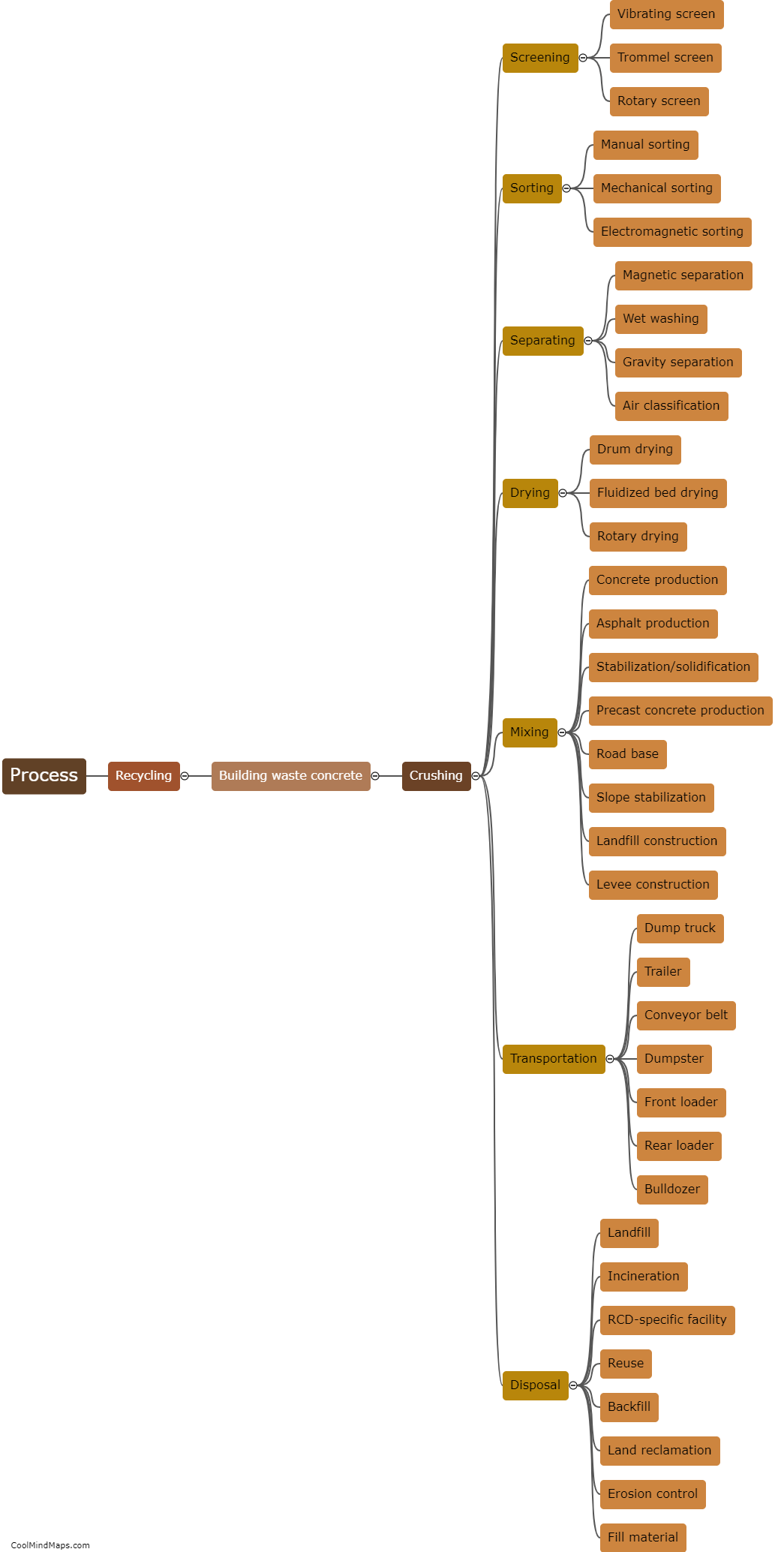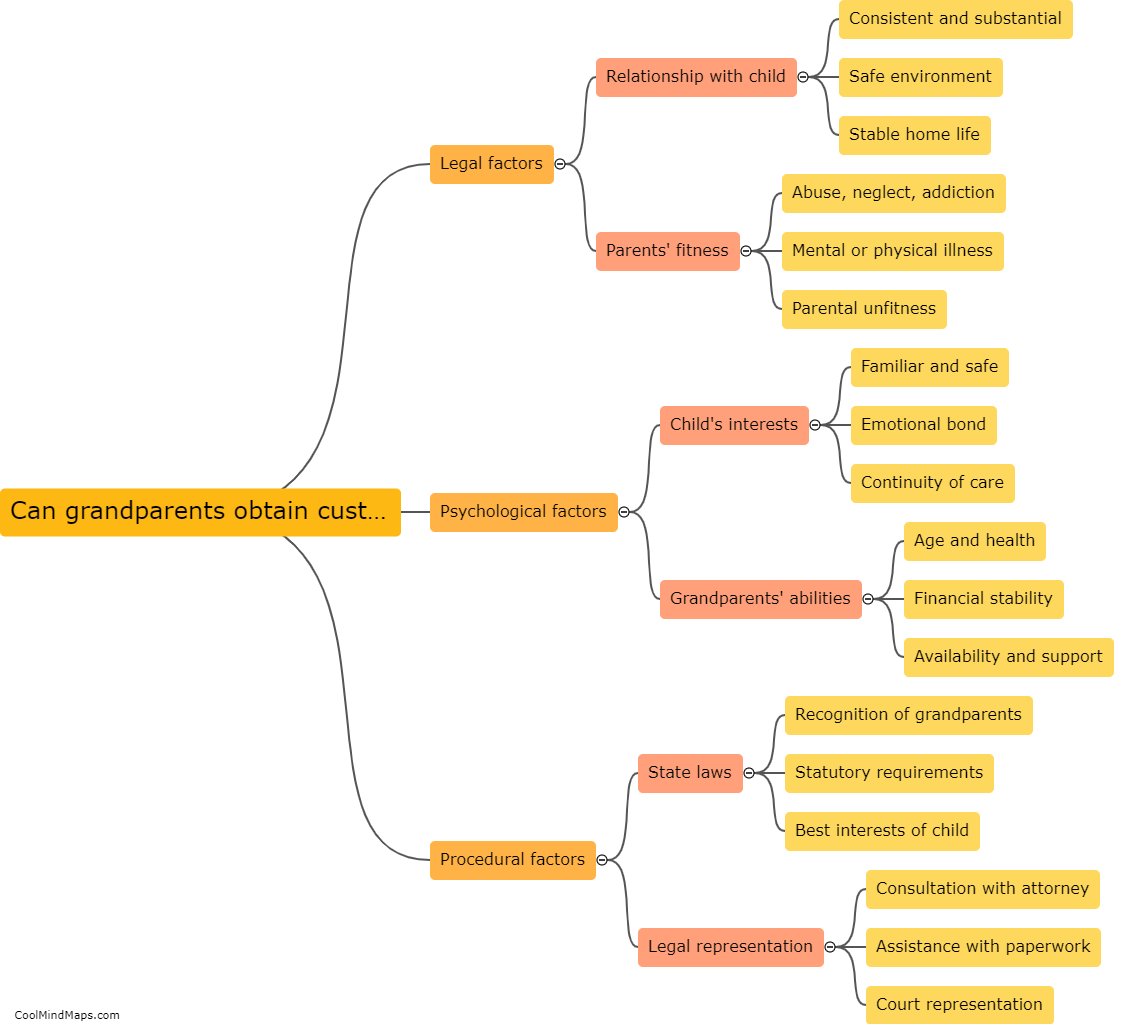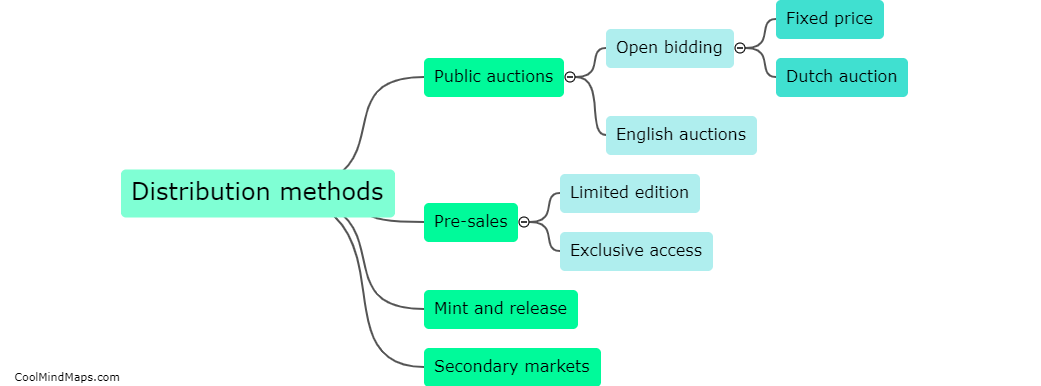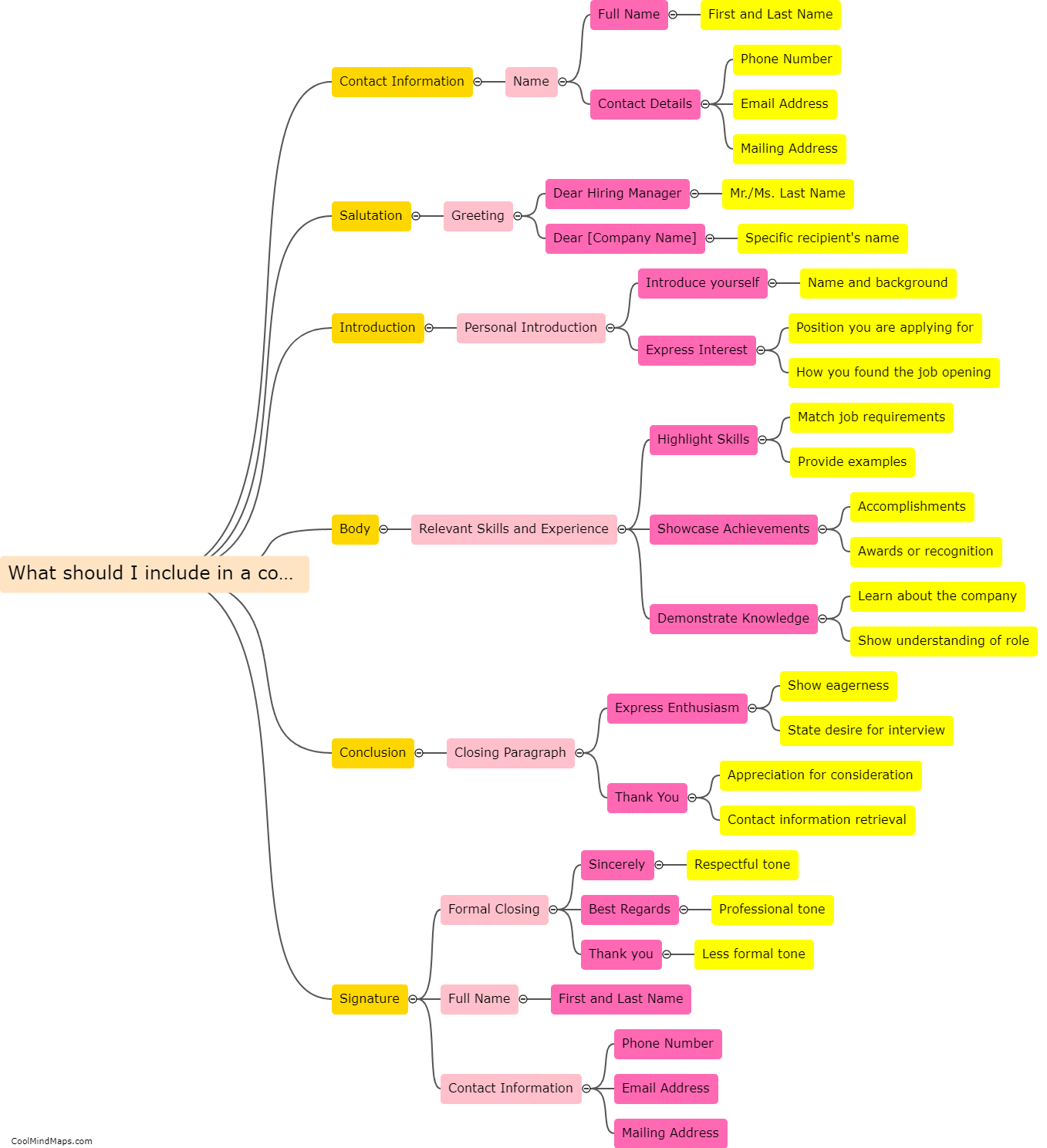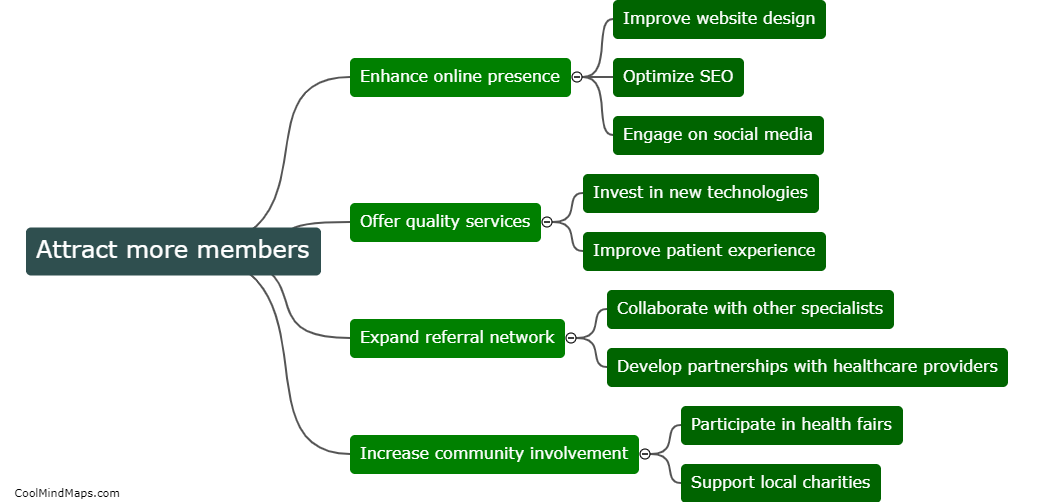How does the distribution process work in NFTs?
The distribution process in NFTs (Non-Fungible Tokens) involves multiple steps that ensure the creation and ownership of unique digital assets. NFTs are typically built on blockchain platforms like Ethereum, which employ smart contracts to establish their authenticity and ownership. The process begins with an artist or creator minting an NFT by uploading their artwork or content onto a blockchain platform. This action creates a unique token that represents the specific digital asset. Once minted, the NFT can be sold or traded on various marketplaces. When a buyer purchases an NFT, ownership of the token is transferred to their digital wallet, while the transaction and ownership records are stored immutably on the blockchain. This transparency enables buyers to verify the authenticity and provenance of the NFT. Additionally, artists often receive royalties or commissions whenever their NFT is resold, thanks to the programmable nature of smart contracts. Overall, the distribution process in NFTs is decentralized, secure, and transparent, giving artists and collectors new opportunities in the digital art and collectibles space.
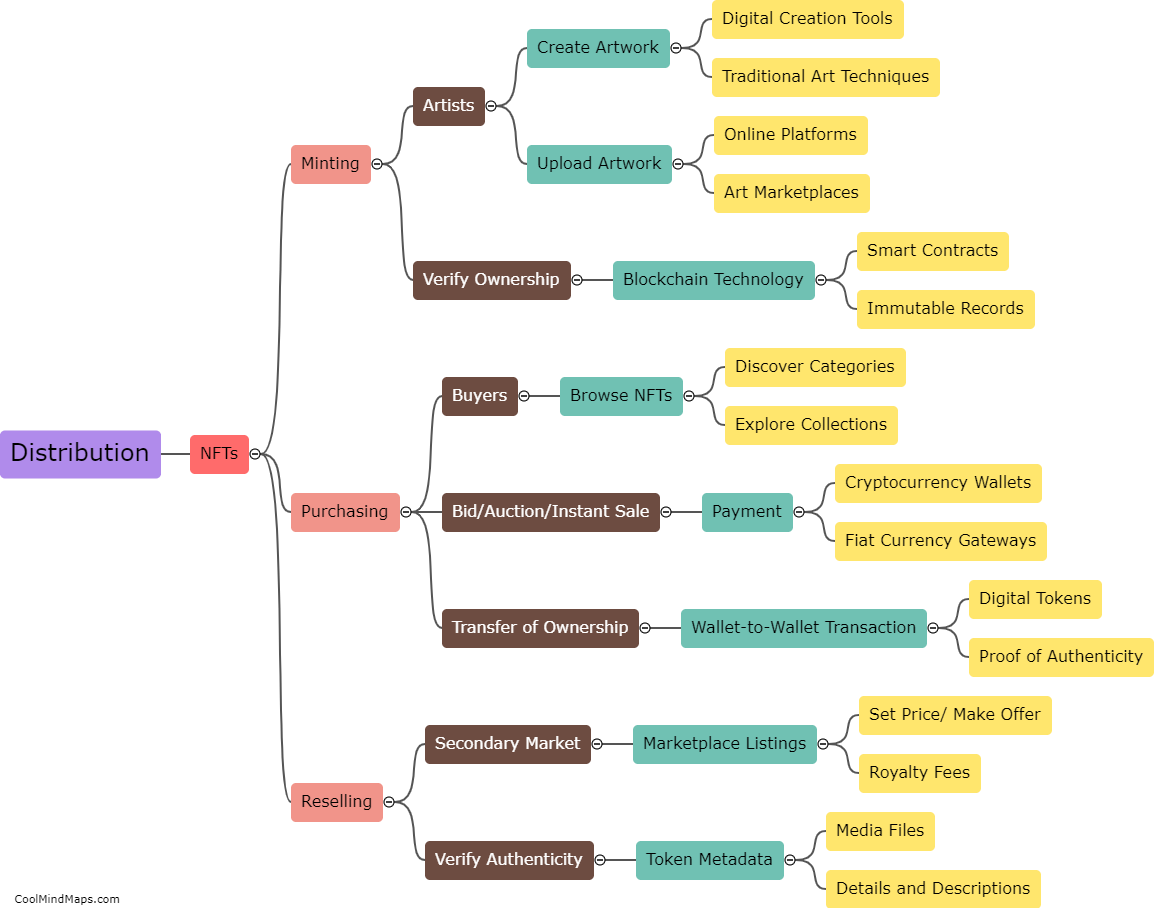
This mind map was published on 11 September 2023 and has been viewed 104 times.
